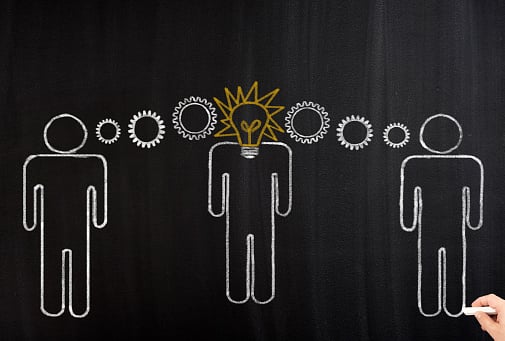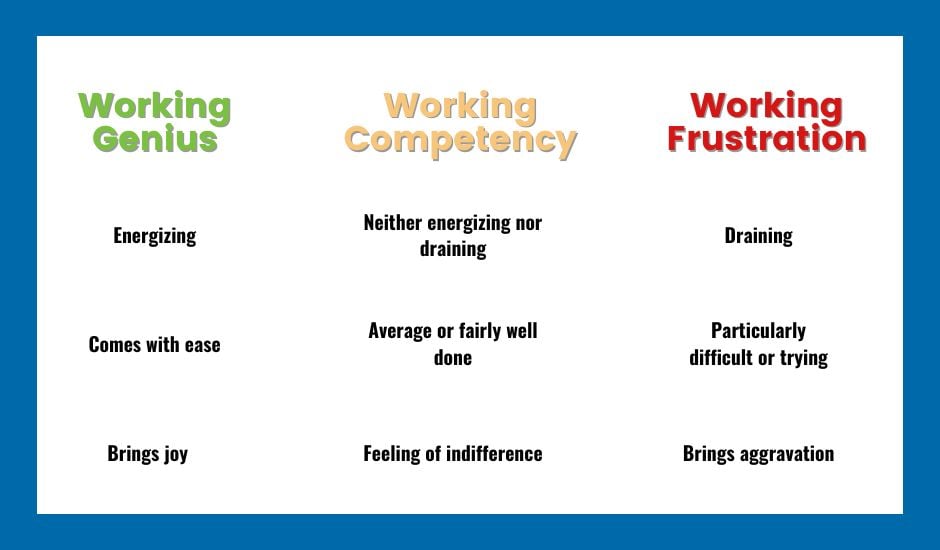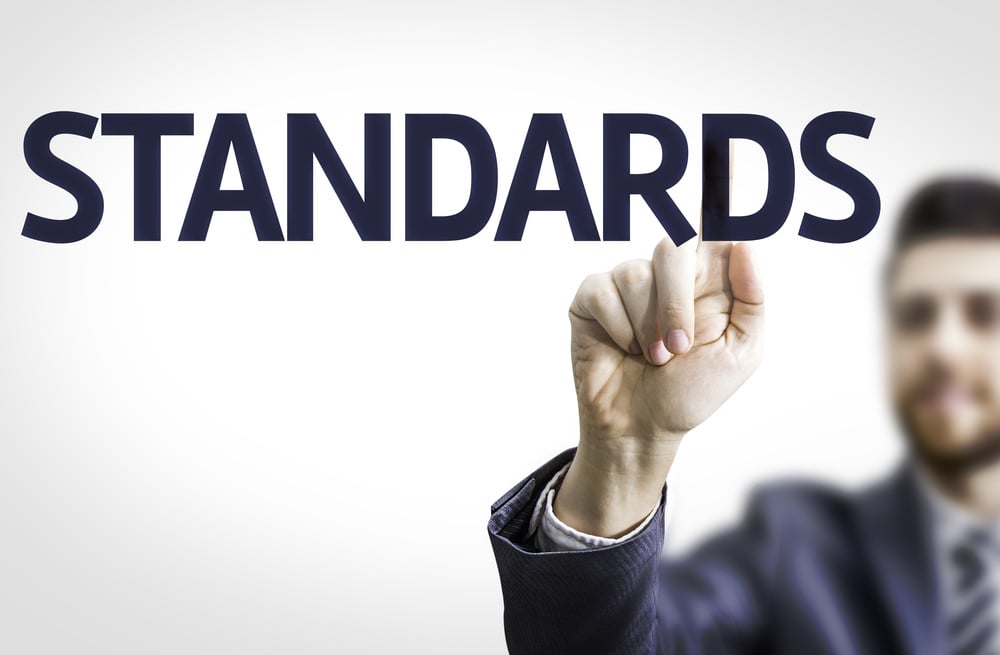Each and every person brings a distinctive collection of talents to the workplace, and each of these gifts is crucial to creating a dynamic work environment. Knowing your own strengths, as well as those of your team members, makes it easier to understand the roles in which employees would naturally excel, and subsequently, the root of their annoyances and frustrations.
Recognizing this, Patrick Lencioni created the working genius assessment, identifying six primary abilities that people bring with them to the workplace: wonder, invention, discernment, galvanizing, enablement, and tenacity (hence the term WIDGET model, an acronym created from the six working geniuses). Upon taking the working genius assessment, an individual is, from that list, assigned two geniuses, two competencies, and two frustrations. In this blog post, we'll examine what each of these working geniuses looks like and how to leverage both your own and your employees’ results in the workplace.

What are the working geniuses?
First, it’s important that we define the working geniuses, each of which are necessary for an effective, stimulating workplace. Here are their definitions straight from the horse’s mouth, from workinggenius.com.
THE GENIUS OF WONDER
“The natural gift of pondering the possibility of greater potential and opportunity in a given situation… People with the Genius of Wonder naturally ponder the need for change in a given situation and can’t help but question why things shouldn’t or couldn’t be better.”
THE GENIUS OF INVENTION
“The natural gift of creating original and novel ideas and solutions… People with the Genius of Invention thrive on creativity. They are naturally drawn to coming up with ideas, seemingly out of nowhere, to solve the problems or address the needs that they or others identify.”
THE GENIUS OF DISCERNMENT
“The natural gift of intuitively and instinctively evaluating ideas and situations… People with the Genius of Discernment have a knack for instinctive, intuitive judgment and evaluation of ideas and options.”
THE GENIUS OF GALVANIZING
“The natural gift of rallying, inspiring and organizing others to take action… People with the Genius of Galvanizing bring energy and movement to an idea, project or function.”
THE GENIUS OF ENABLEMENT
"The natural gift of providing encouragement and assistance for an idea or project… People who have the Genius of Enablement (by the way, enablement is not a bad word at all, even if it’s often associated with people who support others in their dysfunctions or addictions) are naturally inclined to offer their enthusiastic support to a person who needs assistance with a project, function or idea.”
THE GENIUS OF TENACITY
“The natural gift of pushing projects or tasks to completion to achieve results… People with the Genius of Tenacity are all about execution, making sure that whatever they’re working on is accomplished and achieves the desired results.”
Using The Working Geniuses
Out of the six above working geniuses, each person is assigned two geniuses, two competencies, and two frustrations. The two traits that are considered your areas of genius are those that both energize you and bring you joy. Your areas of working competency, on the other hand, are those items that you do well with but that don’t particularly energize you or bring you great joy. Finally, the remaining two traits that you don’t particularly excel at or feel energized by are your working frustrations.

By knowing your own and your teammates’ geniuses, competencies, and frustrations, it becomes easier to understand the multiple perspectives that exist in the office, as well as to work as a team. Someone with the genius of wonder, who consistently wants to improve upon a project, needs those with the genius of tenacity to push the project through to completion. On the other side of the coin, those with the genius of tenacity need someone whose genius is in wonder to ensure the project is the best that it can be. Together, the job can be completed both exceptionally and efficiently.
Here at Dexcomm, we've learned a lot by enacting the working genius model. For one thing, inventors who also have discernment as a working genius should not discern their own ideas. It is necessary that they rely on others on the team who have that genius to help discern whether the idea is a good one. This way, inventors can better avoid tunnel vision and see the bigger picture.
On another note, if you have gaps or holes in your teams, fill them. Hungry, humble, and smart communicators who have the geniuses you're missing in that meeting or team will make a huge difference in your team's outputs. Otherwise, you will likely have members of your team who are using their working competencies or worse, their working frustrations, to make up for what could be a well-rounded team. This leads to burn out, poor decisions, and projects that never get off the ground. You also could have great ideas that lose momentum and fizzle out from lack of support. None of those are good for your business.
In conclusion, encourage your team members to embrace their area of working genius and to work from that strength. They will be more energized, achieve results, and work more effectively in teams. Being mindful of your team’s makeup and having full team coverage can make a world of difference for your business as you begin to use the working genius model.






